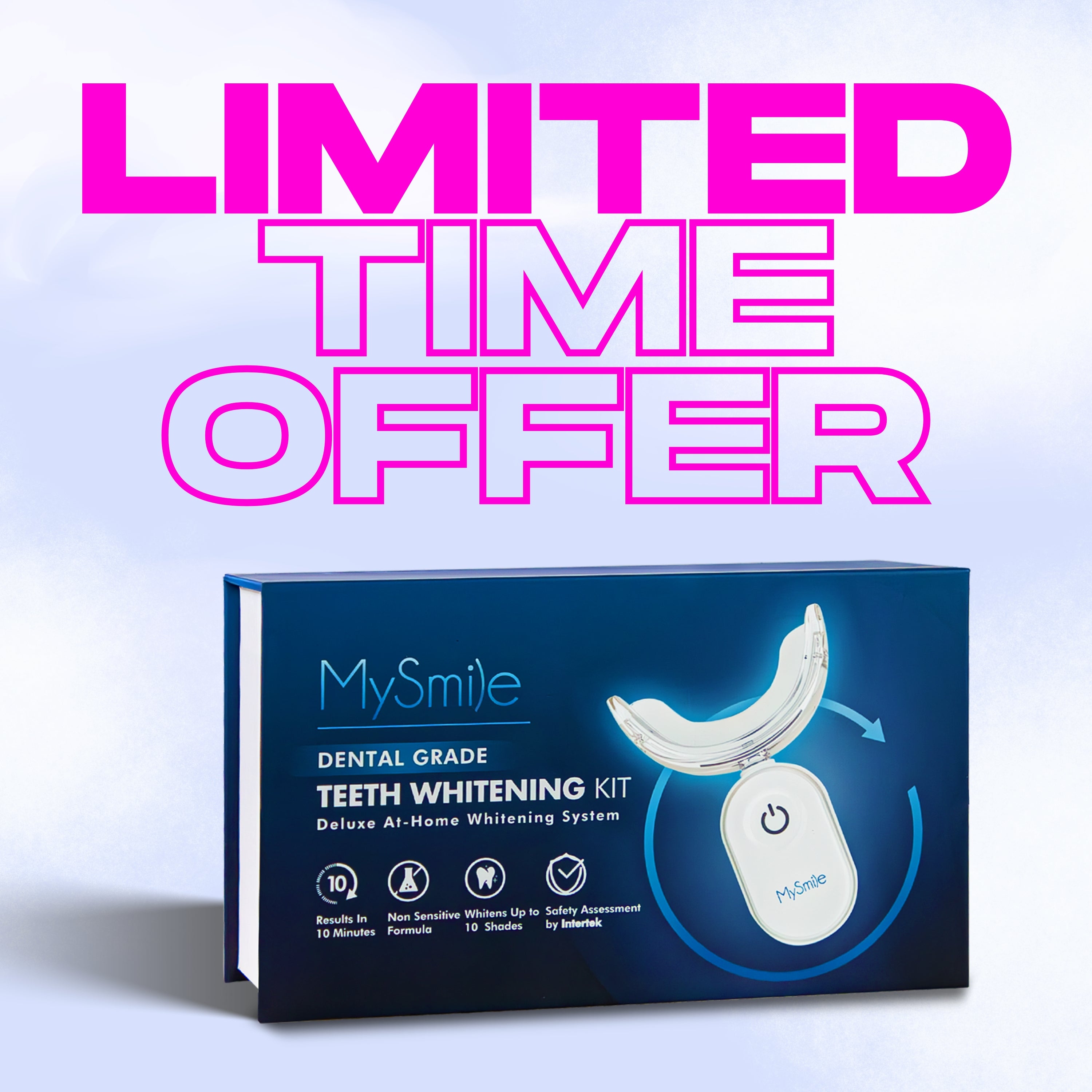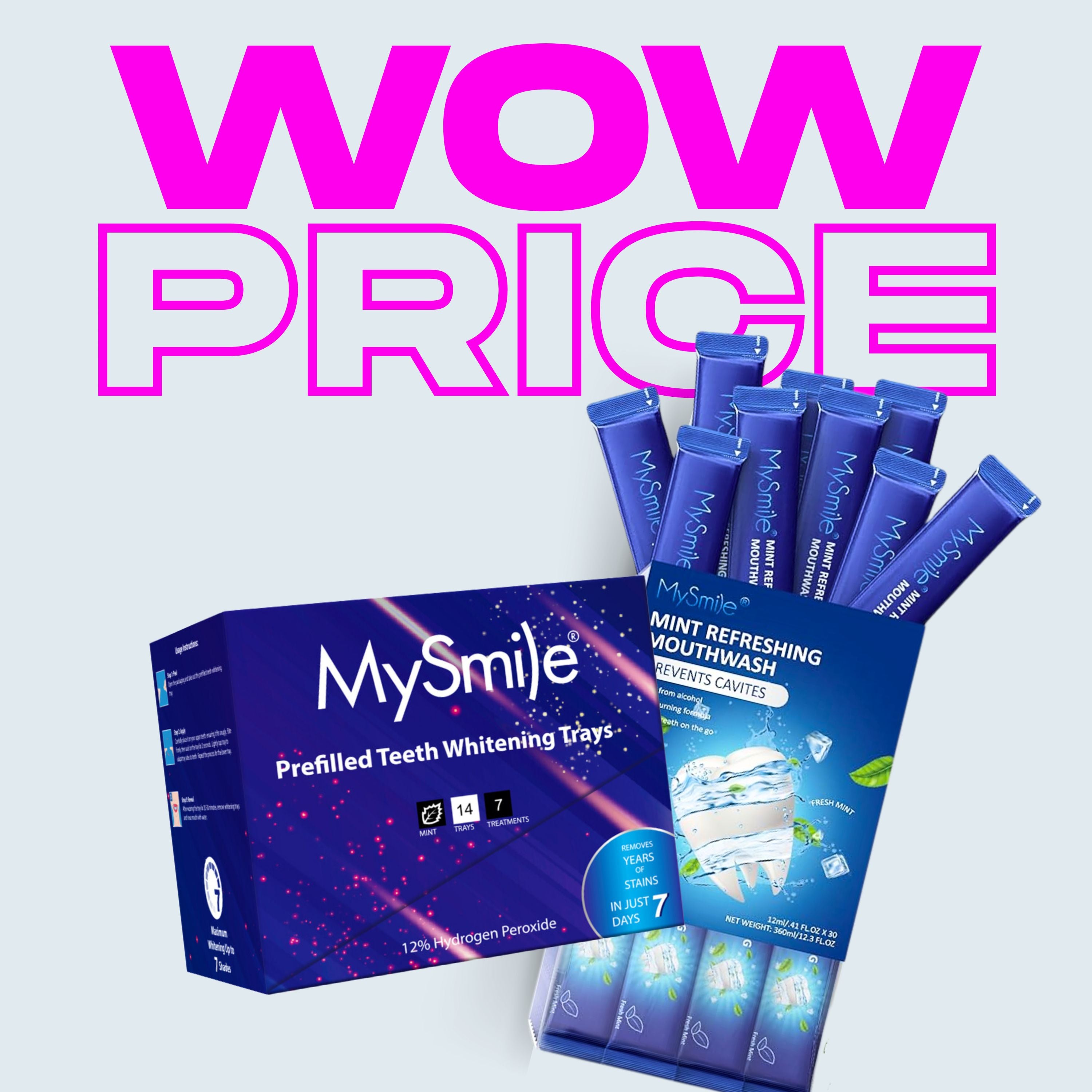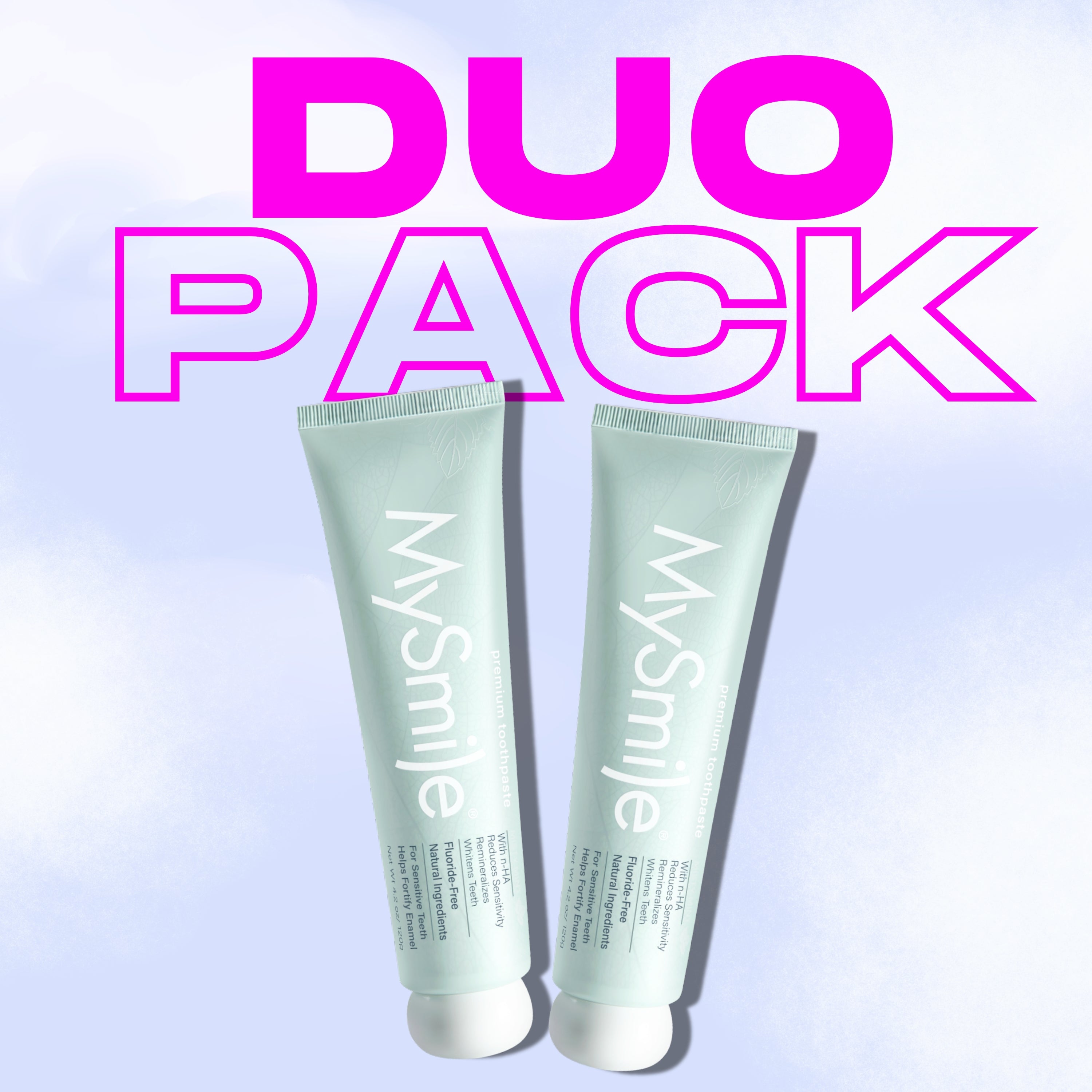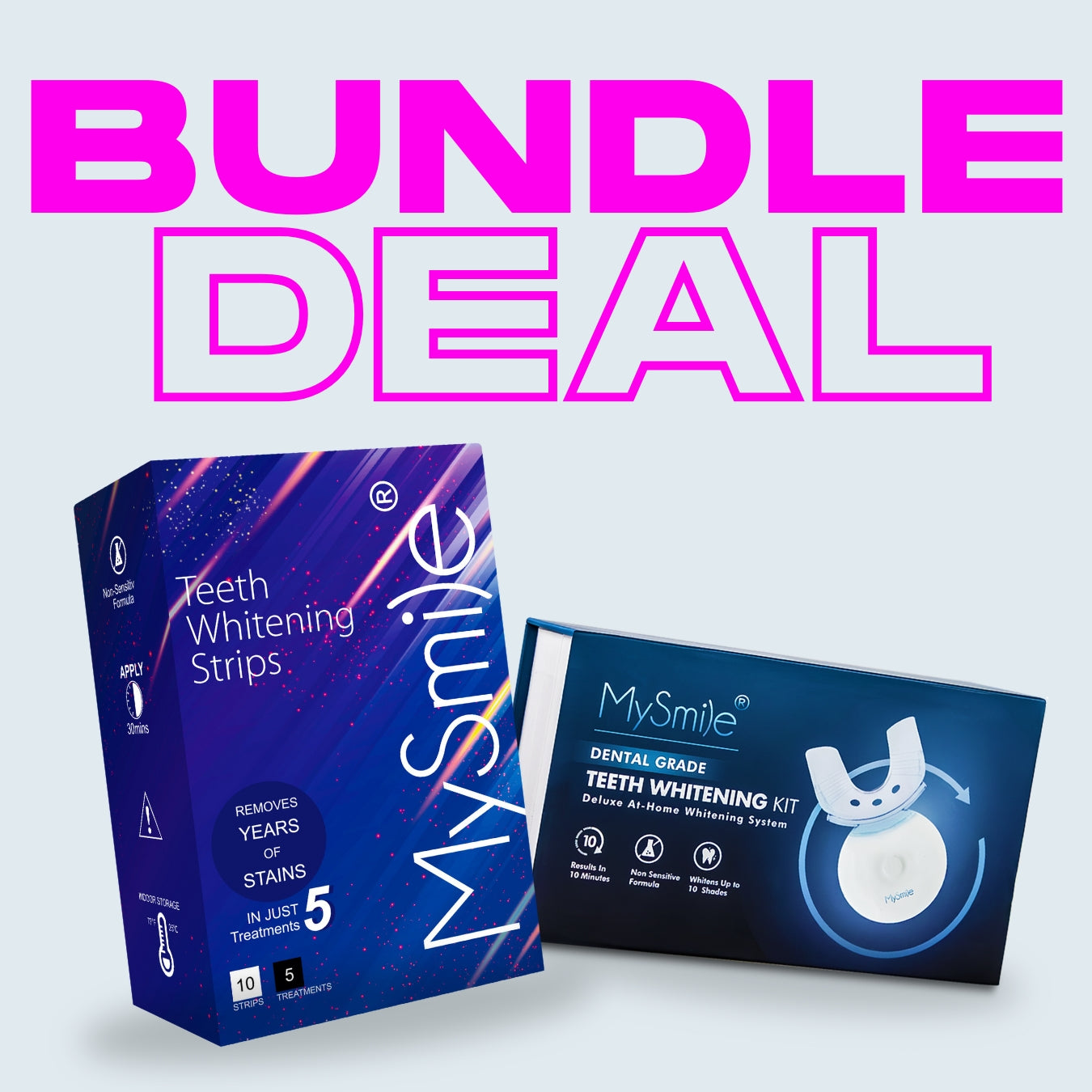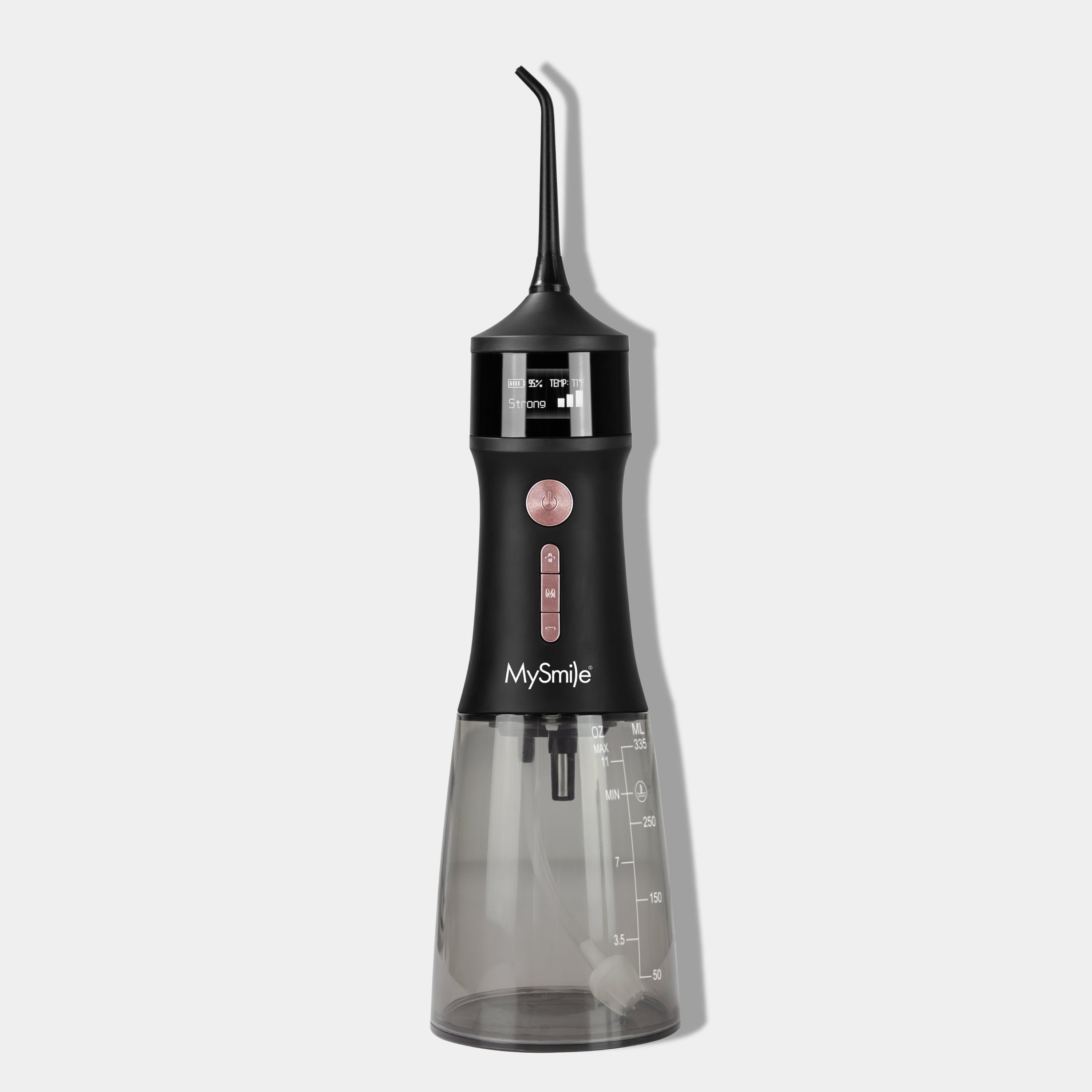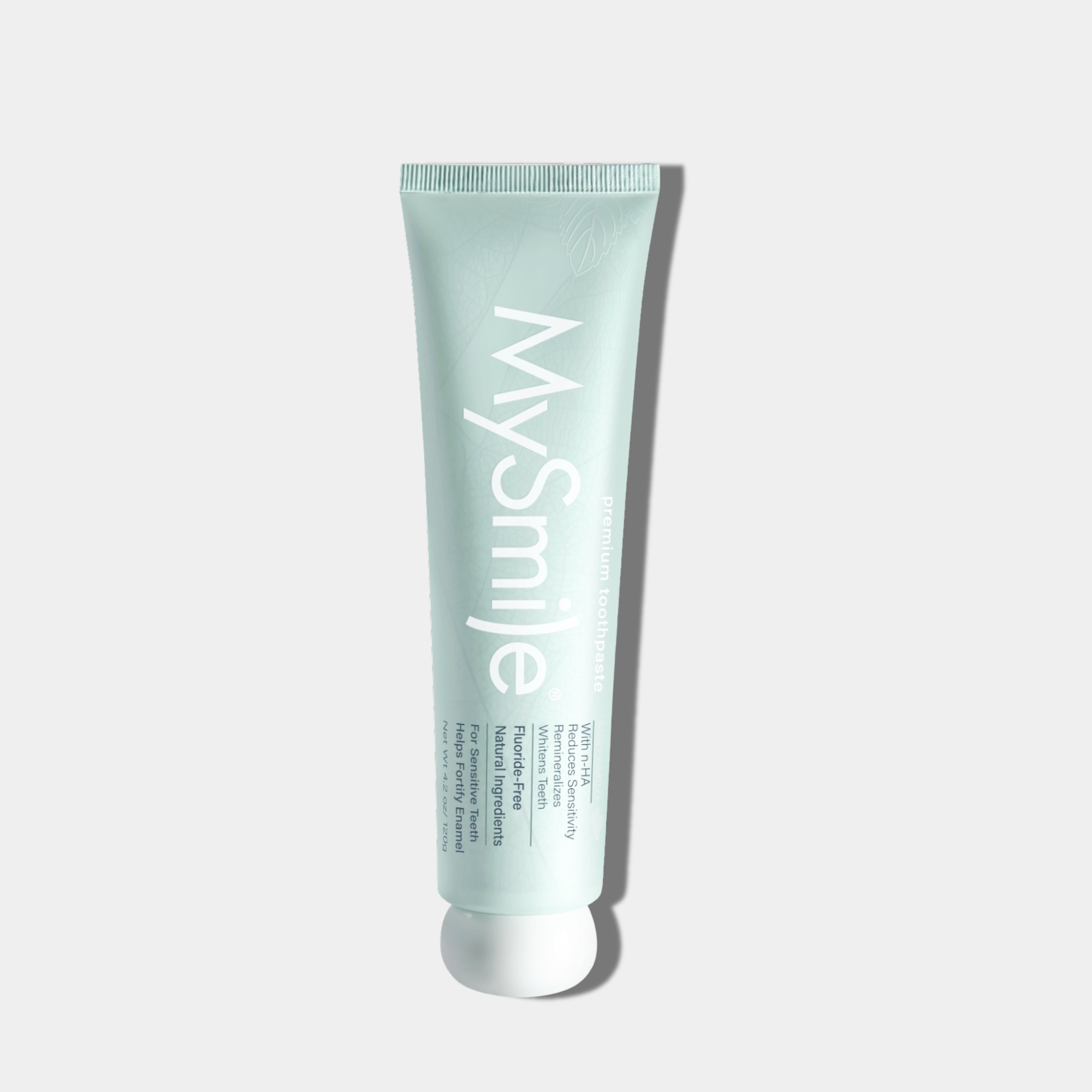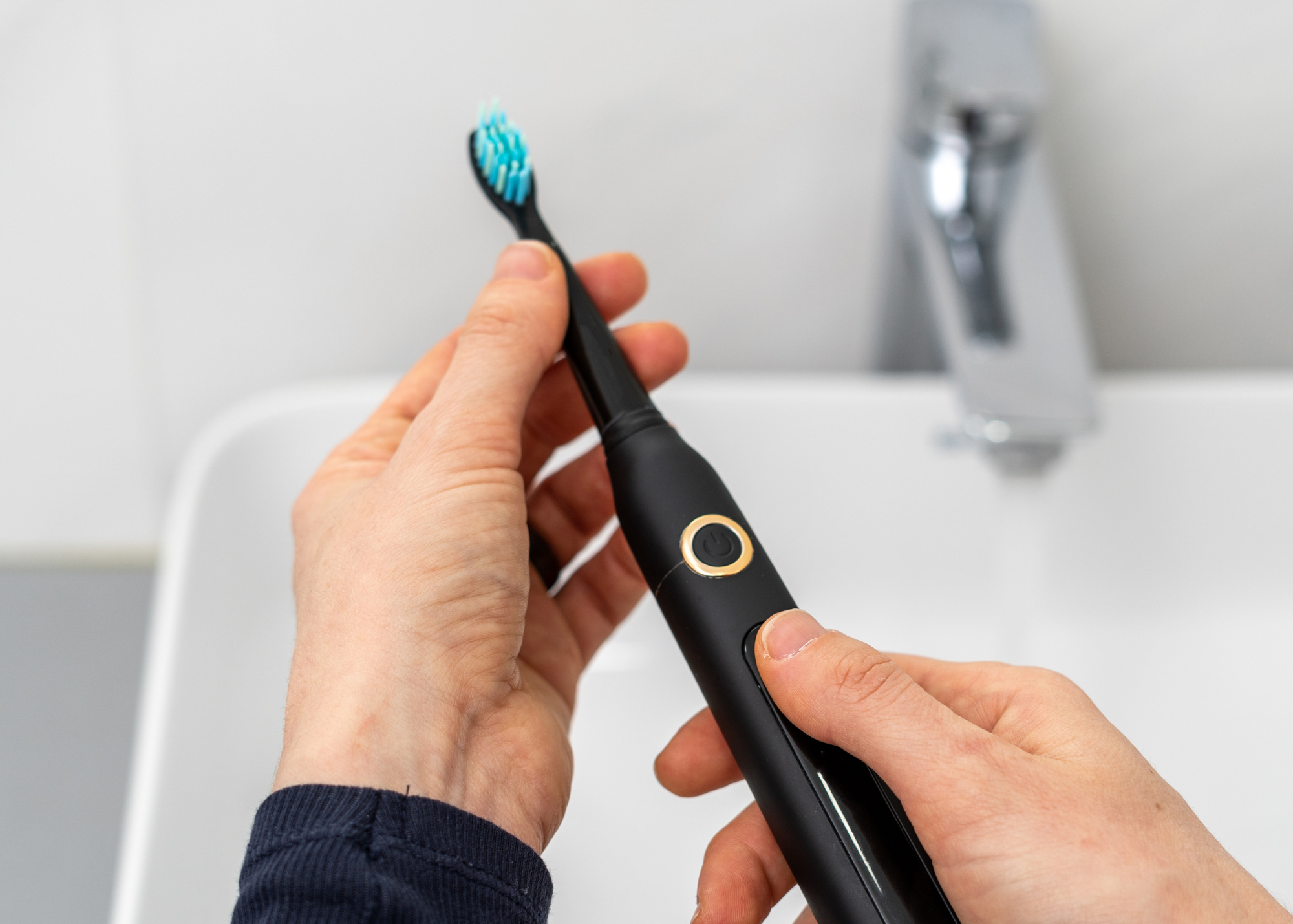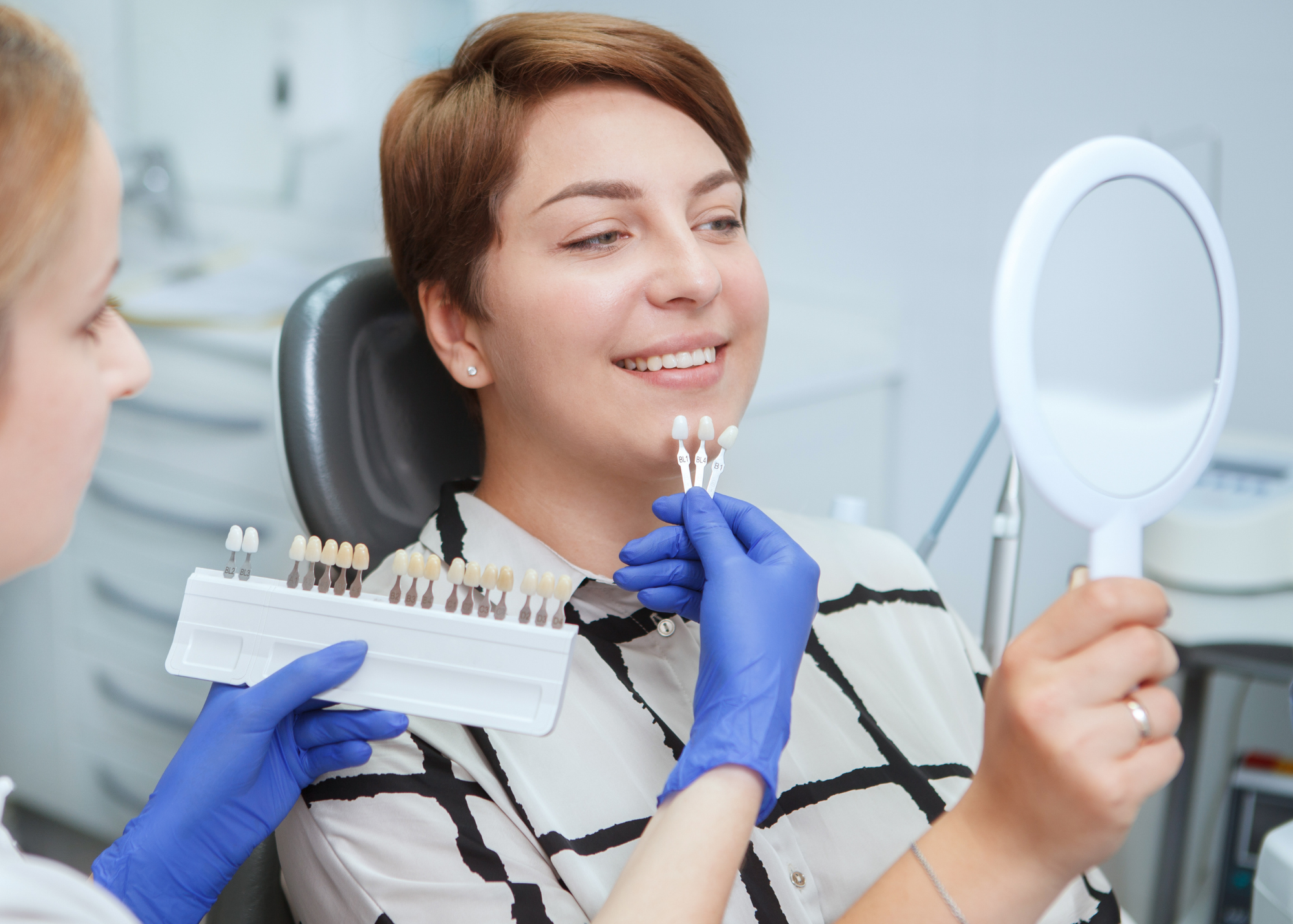When strolling down the oral care aisle of your local supermarket, the stark contrast of traditional mint green and the royal hue of purple toothpaste may not just be a visual anomaly; it could be a sign of a quiet revolution in dental health.
With the market becoming more competitive than ever, consumers benefit from an array of products designed to cater to a range of dental needs. One of these innovations is purple toothpaste – a sibling to the classic mint-green variety that promises more than just fresh breath. But beneath the siren song of its unique color lies a complex mix of benefits and potential drawbacks.
For those eager to decode the enigma of purple toothpaste, this post endeavors to shine a light on what makes it stand out and whether it's a good fit for your oral health routine.
The Alluring Allure of Purple Toothpaste
What Makes It Purple?
The pigmentation in purple toothpaste usually comes from artificial coloring or natural dyes. A dash of the right blend infuses it with an inviting berry, grape, or lavender hue, which can instantly switch up your brushing routine and appeal to a diverse group of consumers.
The Power of Purple
Purple toothpaste often boasts unique selling points beyond traditional flavors. It may offer a gentle whitening effect, skillfully camouflaging the discolored effects of wine, coffee, or certain foods. Some may contain herbal ingredients believed to have anti-inflammatory effects on the gums, potentially easing the discomfort of mild gingivitis.
Aqua, Sorbitol, Purple Drank, and More
A typical label on a tube of purple toothpaste might reveal ingredients that are similar to those found in standard toothpaste – things like abrasive agents for cleaning, fluoride for cavity protection, and sweeteners, for taste and to mask bitterness. However, the specifics can differ wildly among brands and formulations.
Kid-Friendly, Hygienist-Approved?
Children, especially, might be more inclined to brush their teeth if they're using a toothpaste that "tastes good," which, to a child's palate, often means sweetness. Purple kid’s toothpaste often comes in fruity flavors and colors and may hold the same benefits for the juvenile set as adult versions do for their more mature counterparts.
The Shadow Side of Purple
Not All That Glitters Is Gold
Artificial colors, which are added to achieve purple's regal hue, can be a concern for some consumers. Common colorants like Red 40 or Blue 1 may have potential links to hyperactivity in children or allergic reactions in sensitive individuals, sparking debates about their safety and necessity in oral care products.
Sweet Doomsday
The sweetness that often accompanies purple-flavored toothpaste, especially those for children, usually comes with added sugars or sugar substitutes. While these components aim to improve the toothpaste experience, they can be detrimental to oral health and even counterproductive to the product's primary purpose of preventing cavities.
No Minty Freshness, No Problem?
For many, the crisp, cool feeling of minty toothpaste is an essential part of the brushing experience. Some purple toothpastes, especially those catering to kids, might sacrifice the fresh breath aspect in favor of fruity or candy-like tastes, which might not provide the same lasting, neutralizing effect on odor.
Potential Misinterpretation
The novelty of purple toothpaste, much like any cosmetic dental product, could lead to a perception that it's to be used for special occasions rather than every day, which could undermine the consistency that's so crucial in oral care.

